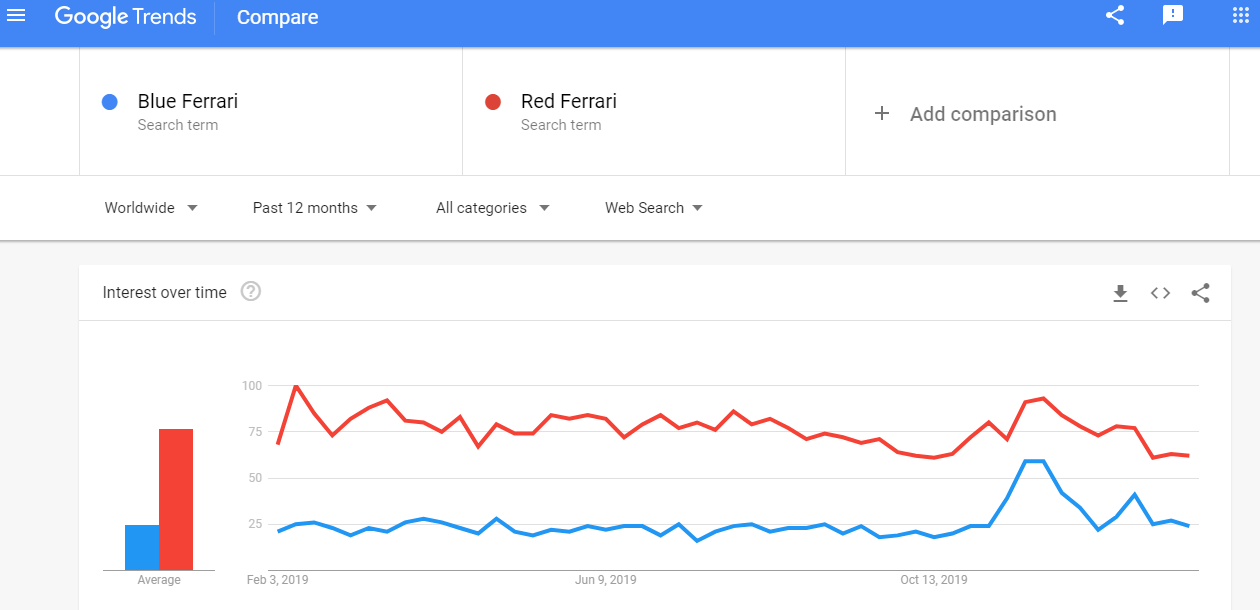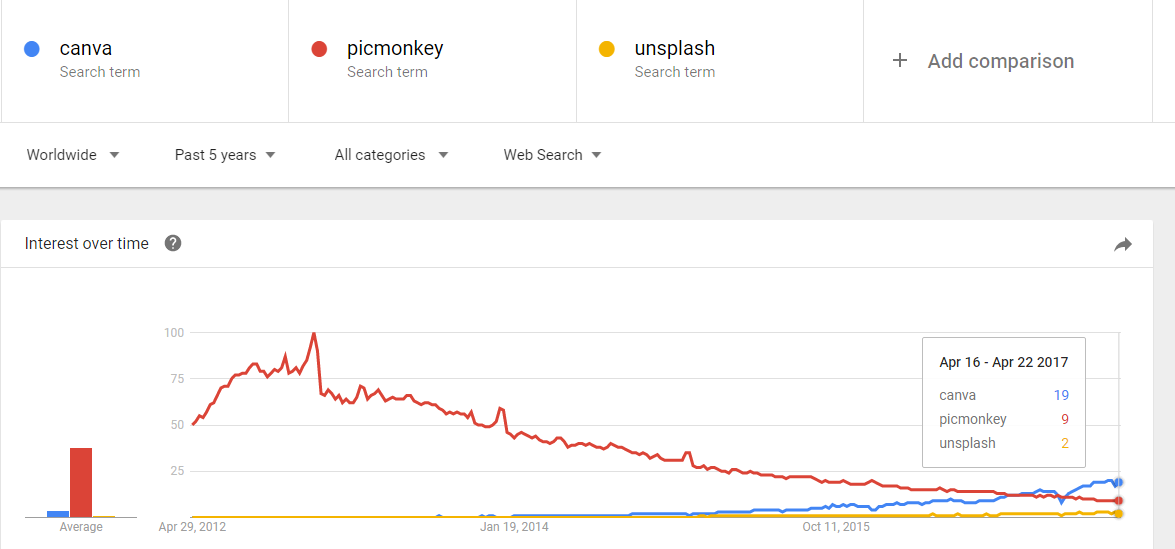

GOOGLE TRENDS TOOL SOFTWARE
The processing and analysis of big data may require "massively parallel software running on tens, hundreds, or even thousands of servers". Relational database management systems and desktop statistical software packages used to visualize data often have difficulty processing and analyzing big data. One question for large enterprises is determining who should own big-data initiatives that affect the entire organization. By 2025, IDC predicts there will be 163 zettabytes of data. Based on an IDC report prediction, the global data volume was predicted to grow exponentially from 4.4 zettabytes to 44 zettabytes between 20. The world's technological per-capita capacity to store information has roughly doubled every 40 months since the 1980s as of 2012, every day 2.5 exabytes (2.5×2 60 bytes) of data are generated. The size and number of available data sets have grown rapidly as data is collected by devices such as mobile devices, cheap and numerous information-sensing Internet of things devices, aerial ( remote sensing), software logs, cameras, microphones, radio-frequency identification (RFID) readers and wireless sensor networks. Scientists encounter limitations in e-Science work, including meteorology, genomics, connectomics, complex physics simulations, biology, and environmental research. Scientists, business executives, medical practitioners, advertising and governments alike regularly meet difficulties with large data-sets in areas including Internet searches, fintech, healthcare analytics, geographic information systems, urban informatics, and business informatics. "There is little doubt that the quantities of data now available are indeed large, but that's not the most relevant characteristic of this new data ecosystem." Īnalysis of data sets can find new correlations to "spot business trends, prevent diseases, combat crime and so on". Ĭurrent usage of the term big data tends to refer to the use of predictive analytics, user behavior analytics, or certain other advanced data analytics methods that extract value from big data, and seldom to a particular size of data set. Without sufficient investment in expertise for big data veracity, then the volume and variety of data can produce costs and risks that exceed an organization's capacity to create and capture value from big data. Thus a fourth concept, veracity, refers to the quality or insightfulness of the data. The analysis of big data presents challenges in sampling, and thus previously allowing for only observations and sampling. Big data was originally associated with three key concepts: volume, variety, and velocity. Big data analysis challenges include capturing data, data storage, data analysis, search, sharing, transfer, visualization, querying, updating, information privacy, and data source. Data with many fields (rows) offer greater statistical power, while data with higher complexity (more attributes or columns) may lead to a higher false discovery rate. "Different regions that show the same search interest for a term don't always have the same total search volumes."įor the example we used above with Apple, this would mean that on August 18, Apple was one of the most popular search terms when compared to every other topic, for those searching on Google News in the US.Ī zero rating, however, wouldn't mean that no one searched for Apple, but only a small number compared to the peaks.Non-linear growth of digital global information-storage capacity and the waning of analog storage īig data refers to data sets that are too large or complex to be dealt with by traditional data-processing application software."The resulting numbers are then scaled on a range of 0 to 100 based on a topic's proportion to all searches on all topics.".

Otherwise, places with the most search volume would always be ranked highest." "Each data point is divided by the total searches of the geography and time range it represents to compare relative popularity.

Once you've searched a term or topic and customized some of its variants, understanding what the peaks (represented with a 100 on the graph) and plateaus actually mean can be confusing.
GOOGLE TRENDS TOOL HOW TO
How to interpret what each graph on Google Trends means


 0 kommentar(er)
0 kommentar(er)
